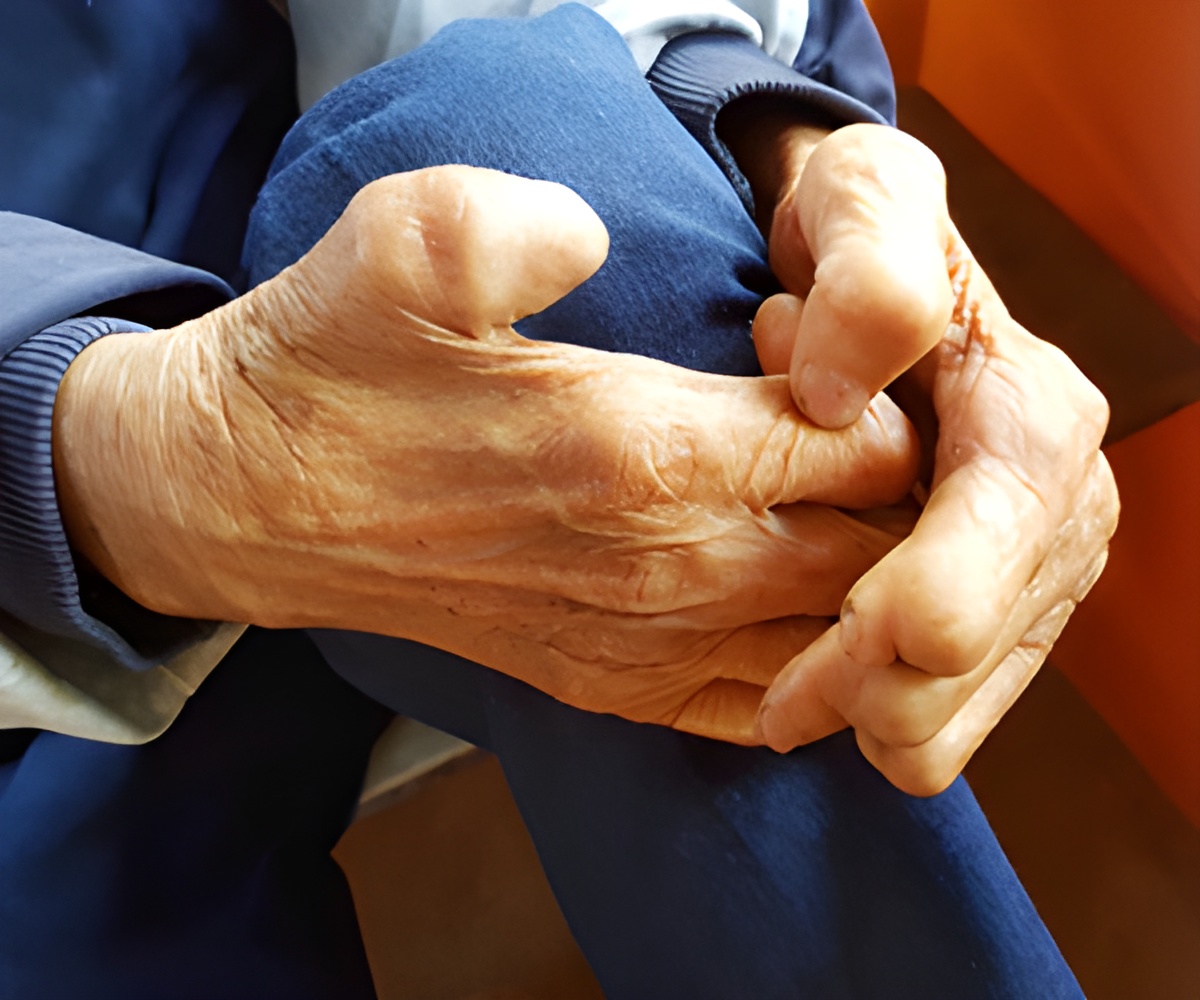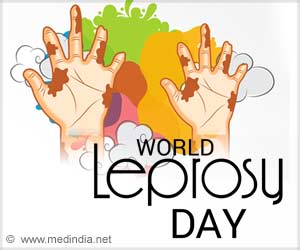
‘Early treatment of leprosy can help prevent tissue damage, halt the spread of the disease, and prevent serious health complications.’
Tweet it Now
The disease causes pale colored disfiguring skin sores, lumps or bumps around the body that does not go away after several weeks or months. It also causes nerve damage leading to loss of feeling in the arms and legs and muscle weakness.Today, about 180,000 people worldwide are infected with leprosy, according to the World Health Organization, most of them in Africa and Asia. Leprosy encompasses erroneous customs and beliefs throughout history, banished people who suffered from the disease and compounded stigmatization and discrimination.
Erasing orthodox conviction towards leprosy entering your body via human come into close and repeated contact with nose and mouth droplet from someone with untreated Leprosy.
Children are more likely to get leprosy than adults. The disease-causing bacteria usually takes about 3-5 years for symptoms to appear after coming into contact with the bacteria. The time between contact with the bacteria and the appearance of symptoms is called the incubation period.
The condition primarily affects the peripheral nerves and secondarily involves skin and specific other tissues/organs, in particular, the eyes, mucus of the nasal and upper respiratory tract.
Advertisement
Additionally, it causes chronic nasal congestion, nosebleeds, and collapse of the nasal septum, iritis (inflammation of the iris of the eye), glaucoma (an eye disease that causes damage to the optic nerve). Leprosy can also pilot erectile dysfunction and infertility, and kidney failure.
Advertisement
Treatment for paucibacillary leprosy is with the medications dapsone and rifampicin for six months. Therapy for multibacillary leprosy consists of rifampicin, dapsone, and clofazimine for 12 months. Some other antibiotics may also be used.
In last 20 years, 16 million people with the disease have been cured and the WHO provides free treatment for Leprosy. It is no more to be considered a stigma as it is treatable via multidrug therapy.
The best way to prevent leprosy is to avoid long-term, close contact with an untreated, infected person.
The overall outlook is useful if your doctor diagnoses leprosy promptly. Early treatment prevents tissue damage, stops the spread of the disease, and prevents serious health complications.
If the diagnosis occurs at a more advanced stage, after an individual has significant disfigurement or disability, then it may not be liable to lead a healthy life despite treatment in these cases. Hence, early diagnosis is the best way to treat the disease.
Source-Medindia








